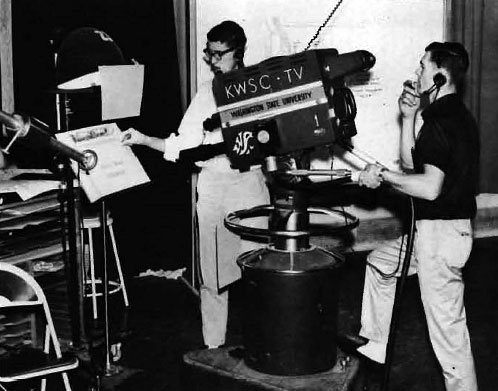
Assembled out of the writings of many men and conjoining two distinct cultures, it provides analogies not only for a unification of the authorial canon but also for a hermeneutics of cultural history that we may now see as imaginative imperialism. The Bible, which Blake described as the great code of art, has been the model by which both we and he have read his secular scripture.

Not only does it employ reading synchronically to claim consensus, as Wordsworth tried to do, it also develops the diachronic dimension of hermeneutics by using the supplement of history both to claim future authority and to contain textual contradictions within a teleological narrative. The figure of the canon brings together the cultural ambitions of the hermeneutic tradition as we have traced them in the three previous chapters. Insofar as Blake himself encourages canonical reading, while at other times stimulating resistance to it, his work is centrally involved in the dissemination of a traditional hermeneutic.


The dissenting energies of some of the early texts are thus bound within the stubborn structure he was trying to build as he proceeded from a multitude of small poems, through the antechapel of the minor prophecies, to the philosophic poem that he alone among the romantics actually approximated. In line with the divina-tory readings developed by post-Kantian idealists like Schelling and Hegel, the ‘mature’ Blake represents his early texts as shadowy types of the later work and figures the latter as still evolving.

The system is not a synchronic entity, and indeed that is why we have had recourse to a hermeneutic in order to find it in texts where it is not clearly present. CHAPTER SEVEN Untying Blake’s Secular Scriptureīlake criticism, under the aegis of Frye, has until recently assumed the coherence of his work by composing it according to the hermeneutic code of his later system.


 0 kommentar(er)
0 kommentar(er)
